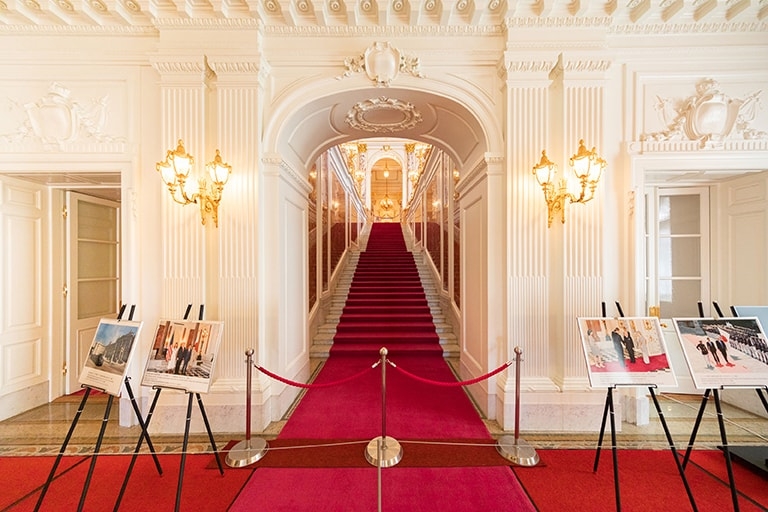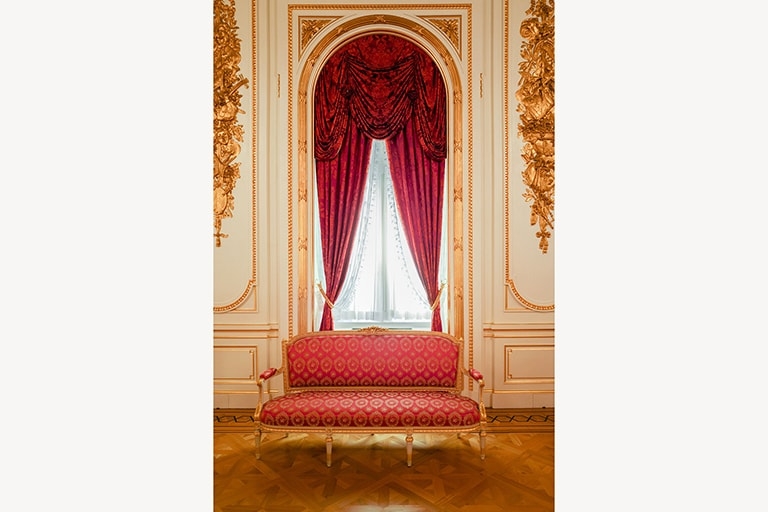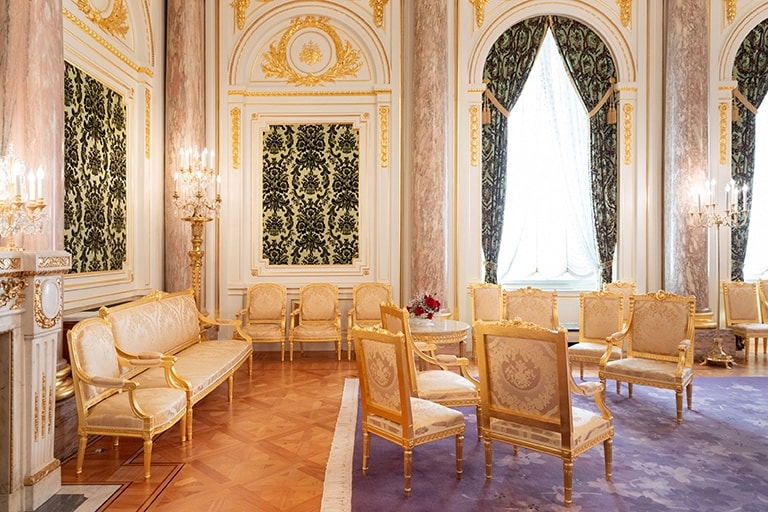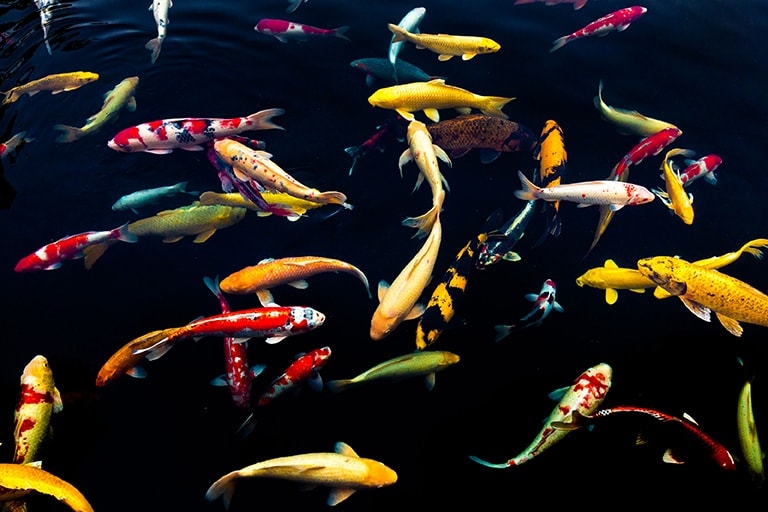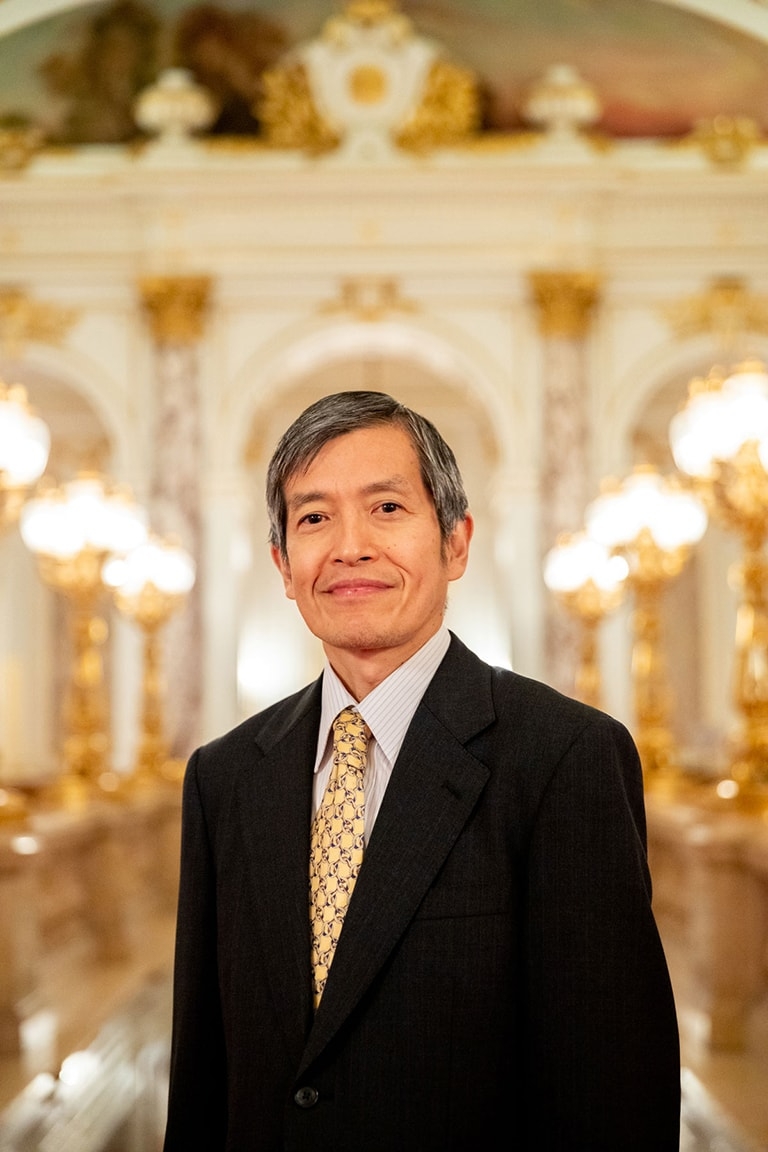SPOT
State guesthouse: A peek behind the doors of Akasaka Palace
January 31, 2020
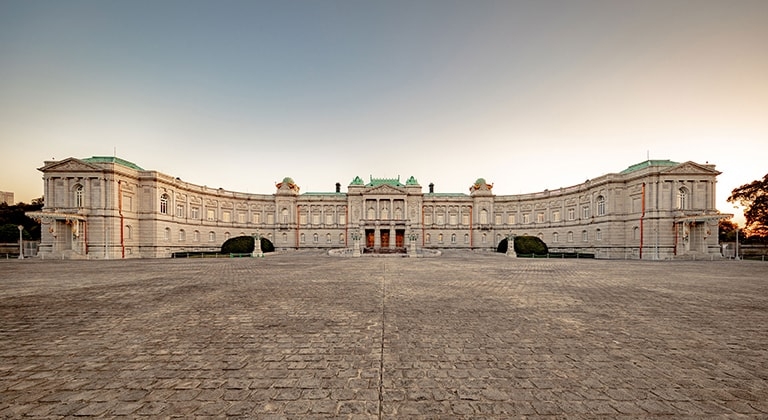
Akasaka Palace’s neo-Baroque Western-style exterior MARTIN HOLTKAMP
Standing on the grounds of the State Guesthouse, Akasaka Palace on a crisp autumn day in November, it’s hard to believe you’re in central Tokyo, just a few minutes’ walk from bustling Yotsuya Station. Birds can be heard chirping in the nearby garden and, aside from catching the occasional word or two from other visitors engaged in conversation in the distance, the overall atmosphere is tranquil.
It’s just the ambience you might hope to find at a guesthouse, let alone a residency that used to belong to the imperial family and the added bonus of historical significance. The guesthouse has come a long way, however. Its role in society has changed over time. It has hosted a number of prominent global figures, including Britain’s Queen Elizabeth II, and continues to help anchor Japan’s diplomatic efforts at home. Ten years ago — on Dec. 8, 2009 — the palace was designated a National Treasure, virtually cementing its standing as an asset for future generations.
Most recently, the palace has served as the venue for dozens of meetings between Prime Minister Shinzo Abe and foreign dignitaries that included Chinese Vice President Wang Qishan and Myanmar leader Aung San Suu Kyi. Abe met with dignitaries from about 50 countries in the space of just five days.
According to Masachika Kusaka, director-general of the state guesthouses in Akasaka and Kyoto, Abe broke the record for the number of summit meetings held at the palace in a single day, holding 23 one-on-one talks with foreign leaders.
“It was like a whirlwind,” Kusaka says. “We welcomed one dignitary after another and saw off one dignitary after another. We had to be careful to adjust the timing of each meeting so that none of the guests accidentally bumped into each other. Aside from the Prime Minister’s Office, there is no other place in Japan that can host such meetings insofar as capacity and quality are concerned.”
